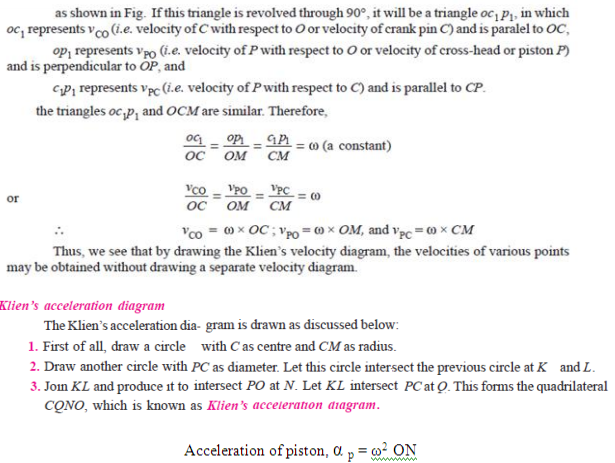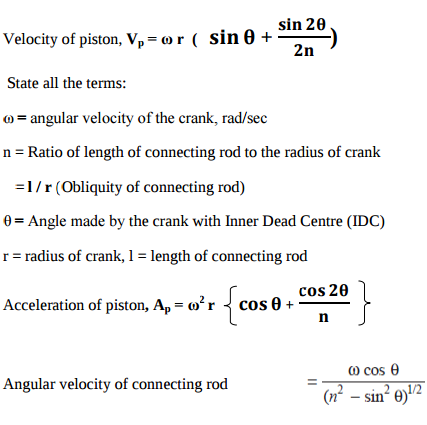Define machine design.
Machine design is the process of selection of the materials, shapes, sizes and arrangements of
mechanical elements so that the resultant machine will perform the prescribed task. OR
Machine Design is the creation of new and better machines and improving the existing ones



